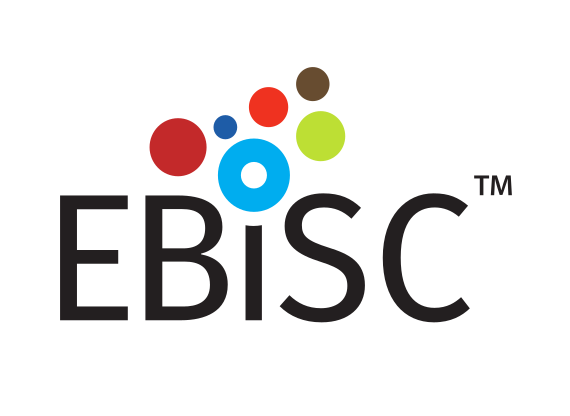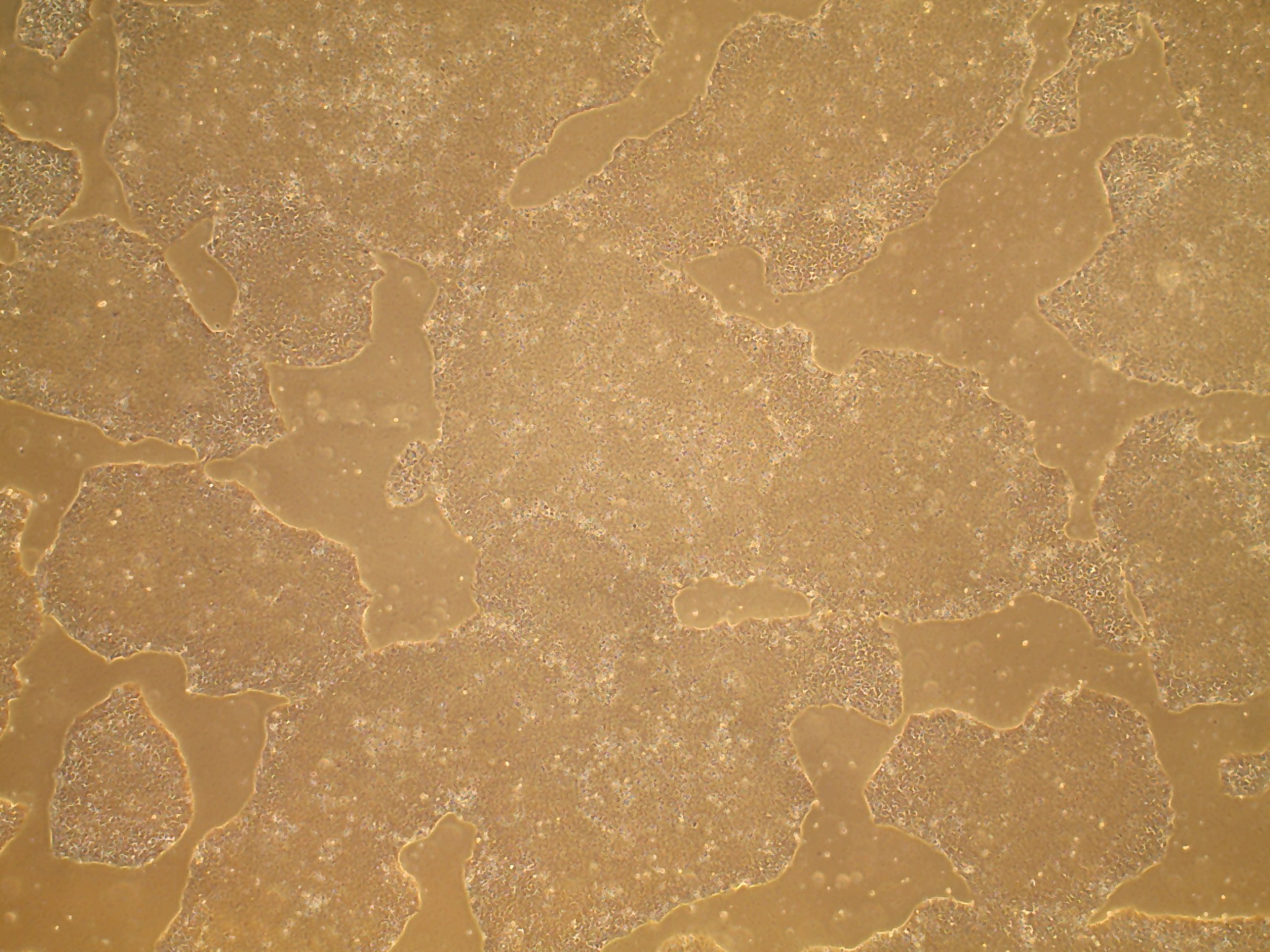If the cells you would like to access are currently listed as unavailable or
you would like information on local partners in USA, Australia, New Zealand or Japan who can support order and delivery,
please get in touch via
Contact@EBiSC.org.
ESi007-A
CBiPS1sv-4F-40
iPSC line
A batch specific Certificate of Analysis will be available to
download once you receive your EBiSC iPSC line.
General#
Cell Line |
|
| hPSCreg name | ESi007-A |
| Alternative name(s) |
CBiPS1sv-4F-40
|
| Cell line type | Human induced pluripotent stem cell (hiPSC) |
| Similar lines | No similar lines found. |
| Notes | Please note that the correct synonym is "CBiPS1sv-4F-40", not "CBiPSsv-4F-40" as stated in PMID:30778227. [NM] |
Provider |
|
| Depositor | Spanish Stem Cell Bank (ES) |
| Owner | Inbiomed |
| Distributors |
EBiSC
Inbiomed
|
| Derivation country | Spain |
External Databases |
|
| hPSCreg | ESi007-A |
| BioSamples | SAMEA3303231 |
| Cellosaurus | CVCL_V189 |
| Wikidata | Q54808661 |
General Information |
|
| Publications | View all related publications on hPSCreg (3) |
| This EBiSC line can be used for: |
Yes
Research use: allowed
Clinical use: no
Commercial use: no
|
Donor Information#
General Donor Information |
|
| Sex | female |
| Age of donor (at collection) | neonate |
Phenotype and Disease related information (Donor) |
|
| Diseases | No disease was diagnosed.
|
External Databases (Donor) |
|
| BioSamples | SAMEA3303248 |
hIPSC Derivation#
General |
|
| Source cell type |
Any hematopoietic stem cell that is part of a umbilical cord blood.
|
| Source cell origin |
Blood that remains in the placenta and in the attached umbilical cord after childbirth[WP].; Cord blood is collected because it contains stem cells, which can be used to treat hematopoietic and genetic disorders.[WP]
Synonyms
|
| Source cell type (free text) | Cord blood CD133+ |
| Age of donor (at collection) | neonate |
Reprogramming method |
|
| Vector type | Non-integrating |
| Vector | Sendai virus |
| Genes | |
| Is reprogramming vector detectable? |
No |
| Methods used |
RT-PCR
|
Vector free reprogramming |
|
Other |
|
| Selection criteria for clones | morphological |
| Derived under xeno-free conditions |
No |
| Derived under GMP? |
No |
| Available as clinical grade? |
No |
Culture Conditions#
Latest released batch |
|
| Culture medium | mTeSR |
| Passage method | EDTA |
| Surface coating | Matrigel / Geltrex |
| O2 concentration | 21 |
| CO2 concentration | 5 |
| Temperature | 37 |
The following are the depositor culture conditions, they do not refer to any specific batch.
| Surface coating | Gelatin | ||||||||||||||||||
| Feeder cells |
Mouse embryonic fibroblasts Cellfinder Ont Id: EFO_0004040 |
||||||||||||||||||
| Passage method | Mechanically | ||||||||||||||||||
| CO2 Concentration | 5 % | ||||||||||||||||||
| Medium |
Other medium:
Base medium: Knockout DMEM
Main protein source: Knock-out serum replacement Serum concentration: 20 % Supplements
|
Characterisation#
Analysis of Undifferentiated Cells
| Marker | Expressed | Immunostaining | RT-PCR | Flow Cytometry | Enzymatic Assay | Expression Profiles |
| Alkaline Phosphatase |
Yes |
|
||||
| NANOG |
Yes |
|
|
|||
| POU5F1 (OCT-4) |
Yes |
|
|
|||
| SSEA-3 |
Yes |
|
||||
| TRA 1-60 |
Yes |
|
|
|||
| ZFP42 (REX-1) |
Yes |
|
||||
| SOX2 |
Yes |
|
Differentiation Potency
In vivo teratoma
In vitro spontaneous differentiation
| Marker | Expressed |
| SMA |
Yes |
| MEOX |
Yes |
| AAP |
Yes |
In vivo teratoma
In vitro spontaneous differentiation
| Marker | Expressed |
| Tuj1 |
Yes |
| PAX6 |
Yes |
| NeuroD3 |
Yes |
| Sox1 |
Yes |
Microbiology / Virus Screening |
|
| HIV 1 | Negative |
| HIV 2 | Negative |
| Hepatitis B | Negative |
| Hepatitis C | Negative |
| Mycoplasma | Negative |
Genotyping#
Karyotyping (Cell Line) |
|
| Has the cell line karyotype been analysed? |
Yes
46,XX
Karyotyping method:
G-Banding
|
Other Genotyping (Cell Line) |
|
| Is there genome-wide genotyping or functional data available? |
Yes
|


